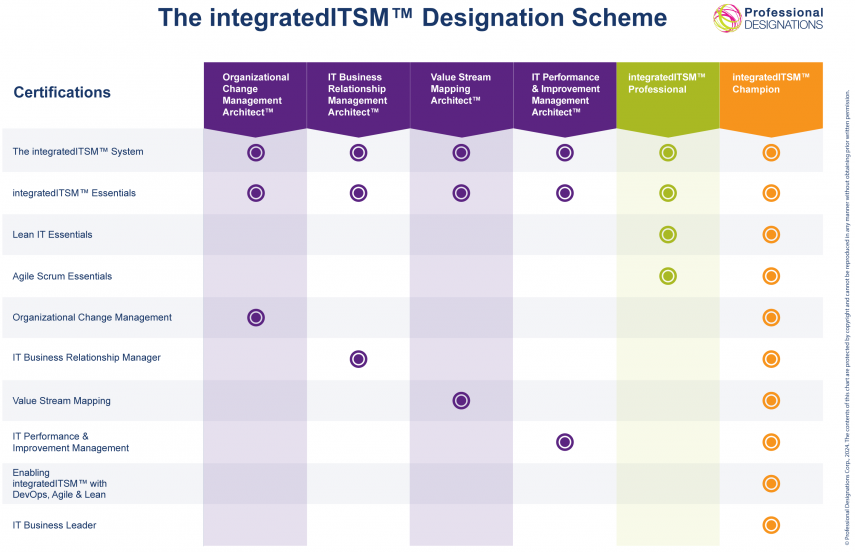What Is A Service?
In the world of Service Management, the term “service” is foundational — yet often misunderstood. Many organisations deliver services without recognising them as such, and this lack of clarity can lead to missed opportunities, inefficiencies, and poor customer experiences.
This builds on my previous article about “What is Value?” as value is a fundamental concept within what we uderstand about services.
The ITIL® 4 Definition
According to ITIL® 4, a service is:
“A means of enabling value co-creation by facilitating outcomes that customers want to achieve, without the customer having to manage specific costs and risks.”
Let’s break that down:
- Enabling value co-creation: Services don’t just deliver value — they help create it through collaboration between provider and consumer.
- Facilitating outcomes: Services help customers achieve goals or results.
- Without managing costs and risks: The provider takes on the burden of managing the underlying resources, risks, and complexities.
Real-World Examples of Services
Inside IT
- A cloud storage provider offers scalable data storage. The customer doesn’t need to manage servers, backups, or security — they just get reliable access to their data.
Outside IT
- A car leasing company provides access to vehicles without the customer needing to worry about depreciation, maintenance, or resale.
- A catering service delivers meals for events. The customer doesn’t need to source ingredients, hire chefs, or manage logistics — they simply enjoy the outcome.



The Product vs. Service Mindset
“What are we delivering?”A service mindset asks:
“What does the customer need to achieve?”This shift is critical. It’s the difference between selling a tool and enabling a solution.
Understanding Stakeholders: Customers, Users, Sponsors
A mature service provider understands the roles and needs of different stakeholders:
- Customers: Define requirements and accept the outcomes.
- Users: Directly interact with the service.
- Sponsors: Authorise and fund the service.
Each group has different expectations — and successful services are designed with all of them in mind.
Outside-In Thinking
One of the most powerful shifts in Service Management is adopting outside-in thinking — designing services based on stakeholder needs, rather than internal constraints.
Too often, organisations operate with inside-out thinking:
“This is how we work — customers will have to adapt.”
Outside-in thinking flips that:
“What do our customers need — and how can we adapt to meet those needs?”
This mindset fosters empathy, agility, and relevance — and it’s essential for true service excellence.
Conclusion: A Service is a Promise
A service is more than a deliverable. It’s a promise to help someone achieve something valuable, without burdening them with the complexity behind it.
Understanding what a service truly is — and how it differs from a product — is the first step toward delivering meaningful, customer-centric outcomes.




